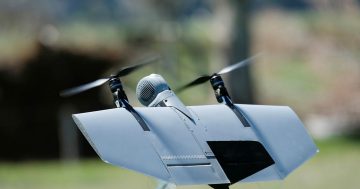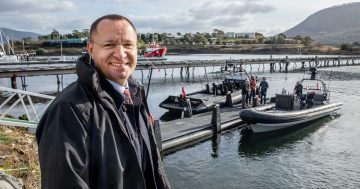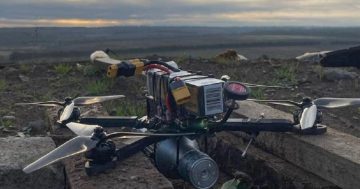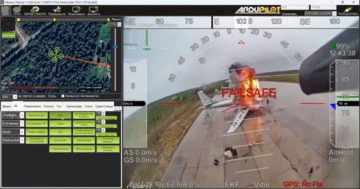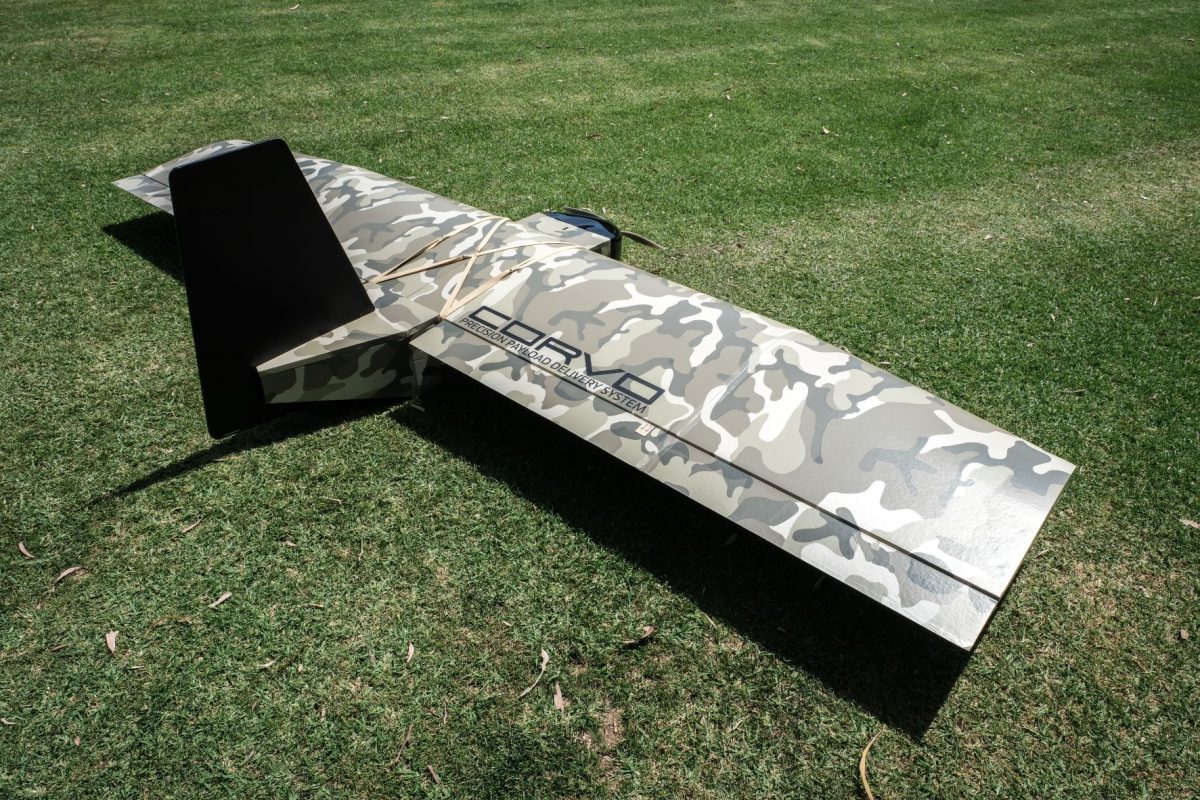
A Corvo PPDS in camouflage colours. Photo: SYPAQ Systems.
One of the more unusual concepts revealed at the recent Avalon Airshow was a lightweight drone made almost entirely out of wax-coated cardboard held together with heavy-duty rubber bands.
Nicknamed the ‘Flying Pizza Box’, it’s designed by SYPAQ Systems with help from a $1.1 million Defence Innovation Hub contract.
The Corvo Precision Payload Delivery System (PPDS) is touted as a low-cost, expendable drone to deliver supplies and equipment into areas where traditional logistics capabilities cannot reach.
Costing about $3000 each, the PPDS has also been adapted to carry lightweight sensors and datalinks, and can conduct intelligence, surveillance and reconnaissance (ISR) missions for forward-deployed troops.
The drone’s fuselage and wings come as a flatpack, accompanied by a modular avionics and engine kit. It can be quickly assembled, launched to fly up to 120km, is GPS-guided, and can land by itself in a pre-designated location.
The utility and cost-effectiveness of such a system makes it ideal for combat operations in austere environments. As such, the Federal Government announced at Avalon that it would donate hundreds of the drones – valued at $33 million – to the Ukrainian Armed Forces.
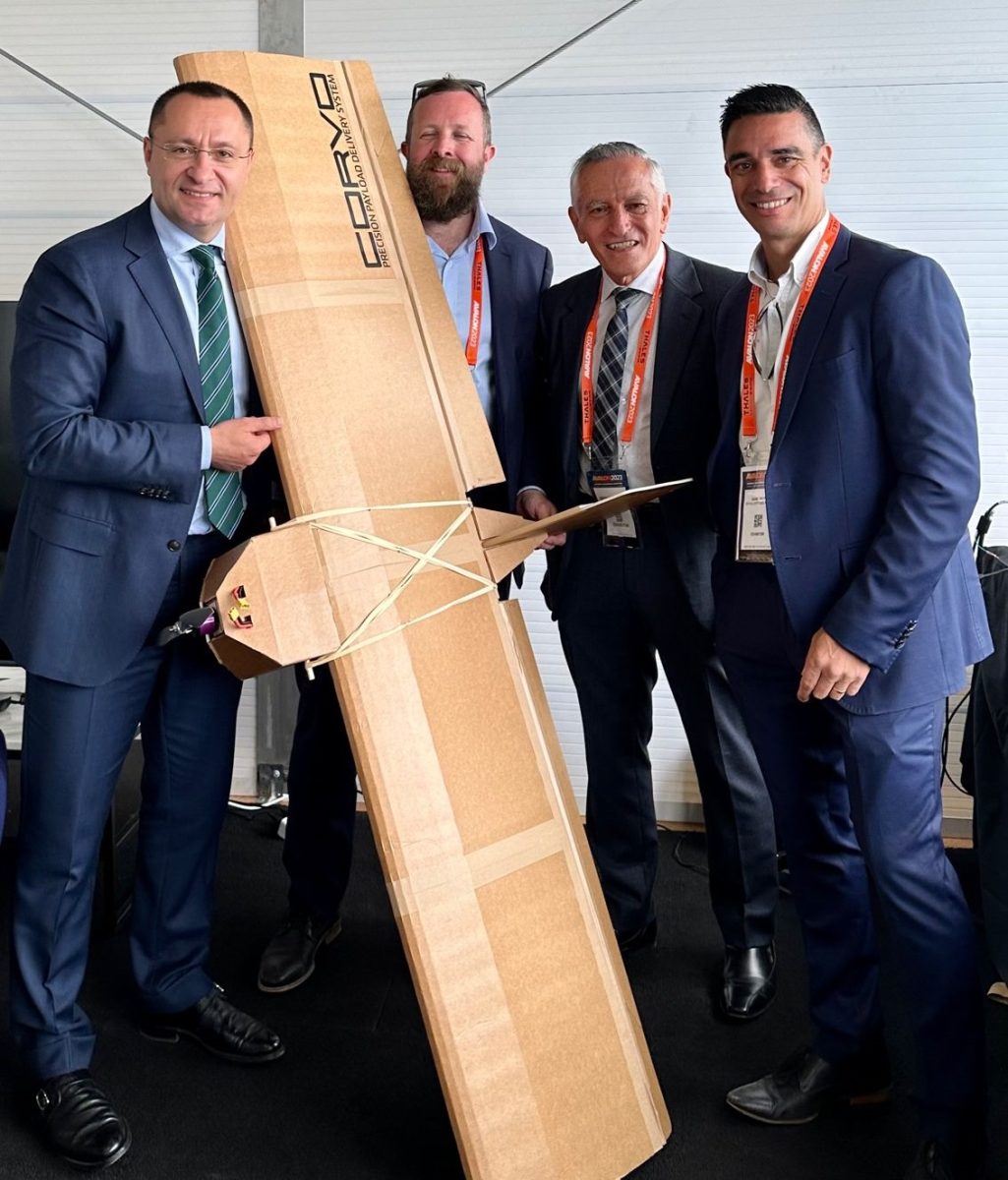
Ukrainian ambassador Vasyl Myroshnychenko (left) and SYPAQ Systems officials with a Corvo PPDS. Photo: SYPAQ Systems.
In announcing the donation alongside Ukrainian ambassador Vasyl Myroshnychenko, Defence Minister Richard Marles said at Avalon: “The cardboard drones are a very cool technology seeing service in Ukraine right now, developed with the assistance of the government, and we’ll continue to work with the government of Ukraine to see about its ongoing usefulness.
“This is an example of Australian ingenuity, and in the context of what has been faced by Ukraine, it has a high degree of value. This is an example of Australian ingenuity on display, being supported by the Australian Government.”
In a statement, SYPAQ Systems CEO, Amanda Holt said: “It is an honour to be supporting the Ukrainian Armed Forces. PPDS is an Australian capability that will help the Ukrainian people defend their country, and is proof of the world-leading autonomous systems capabilities in Australian industry.”
Original Article published by Andrew McLaughlin on Riotact.


